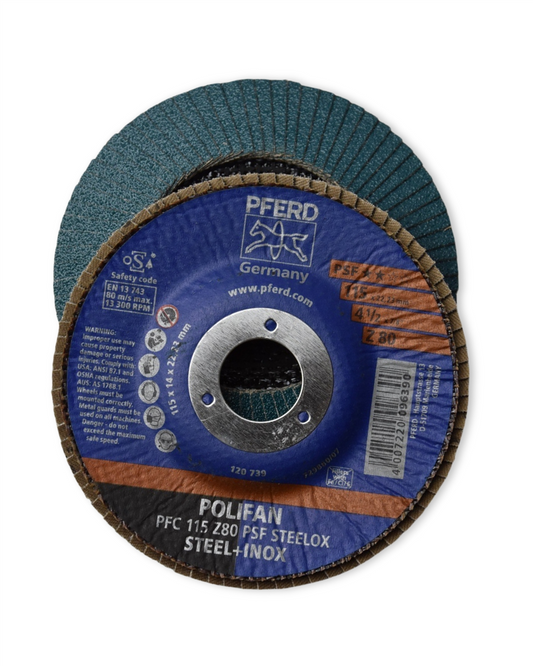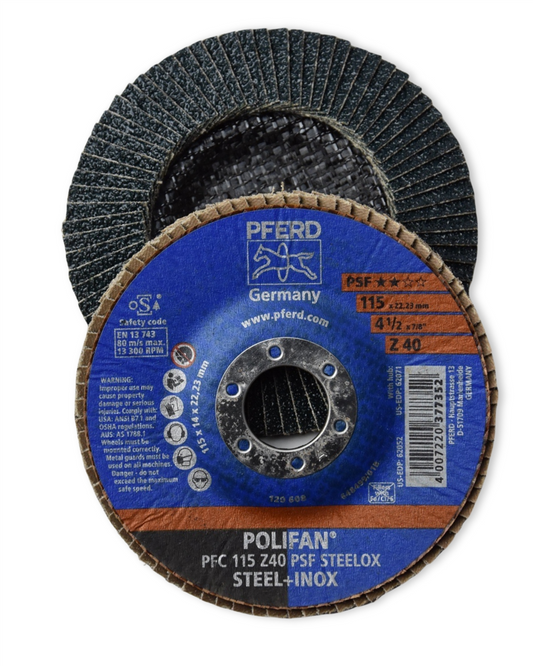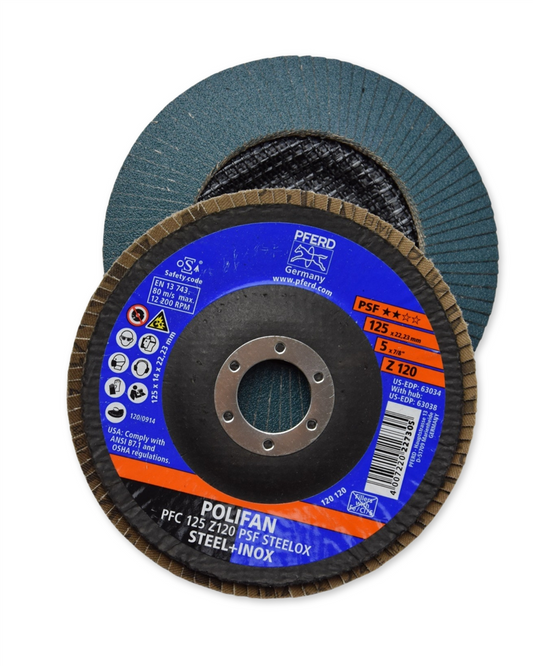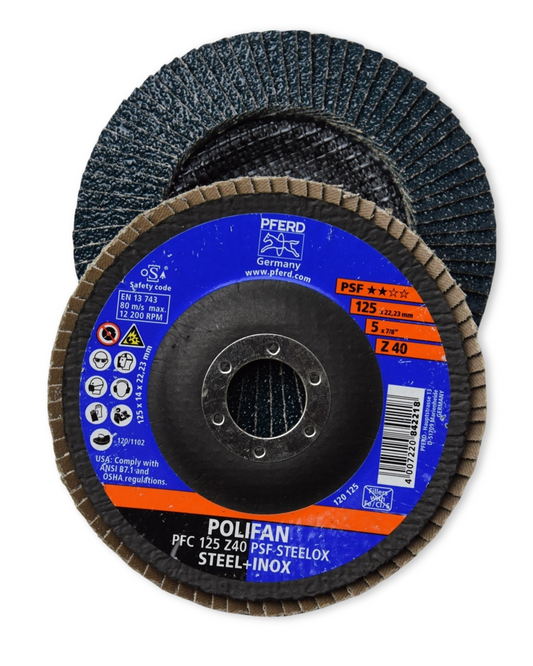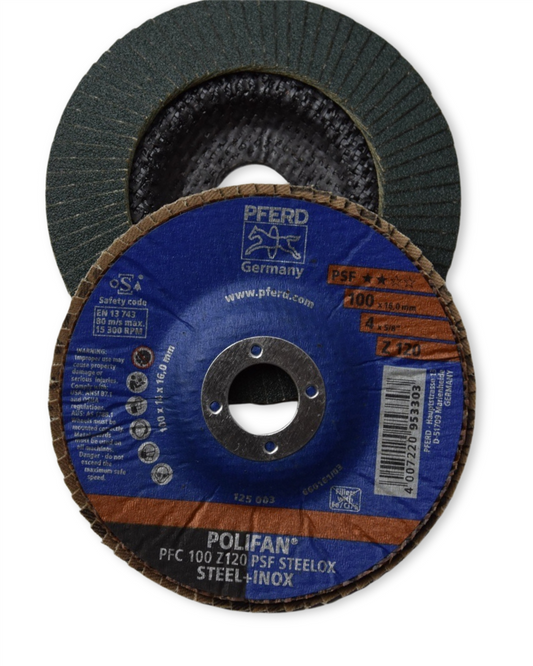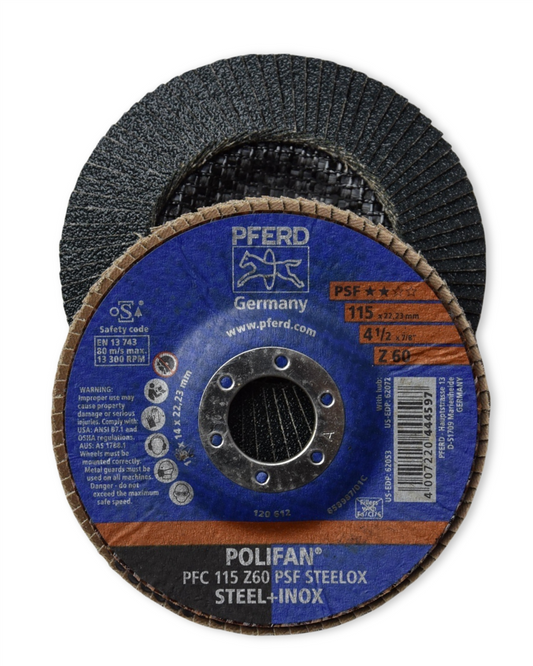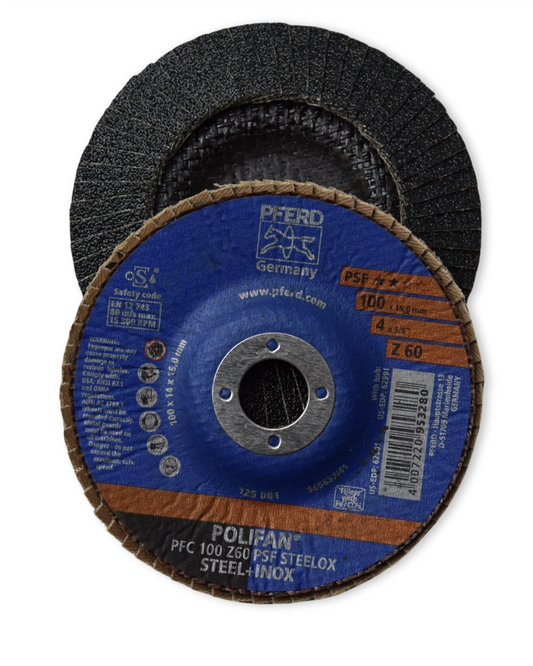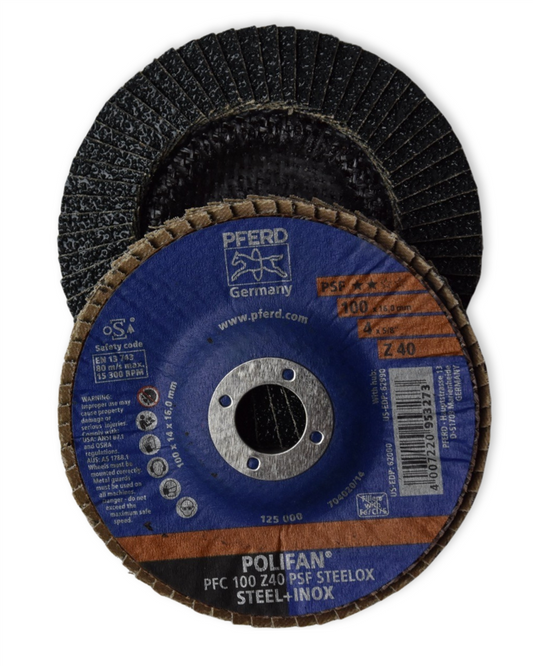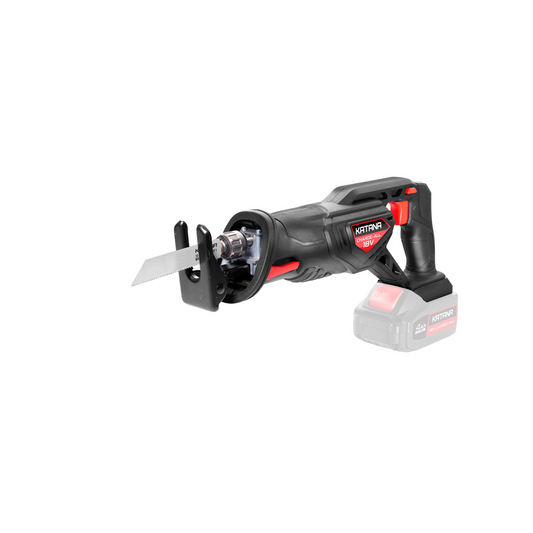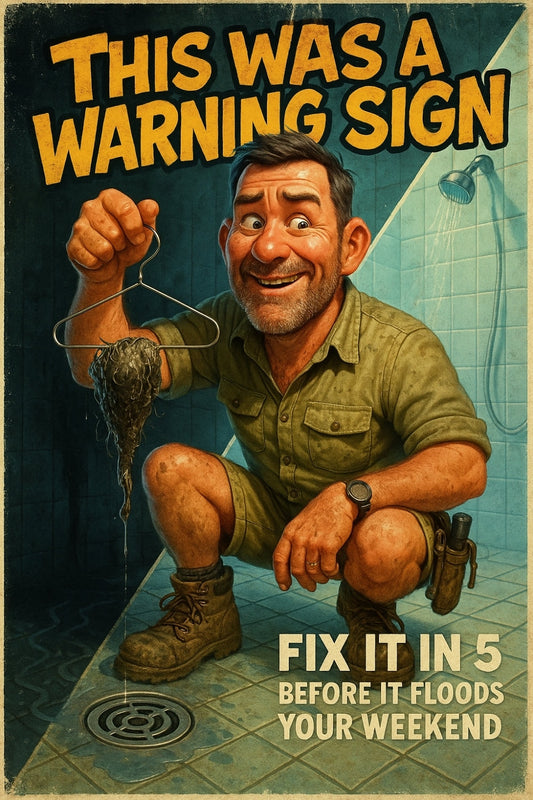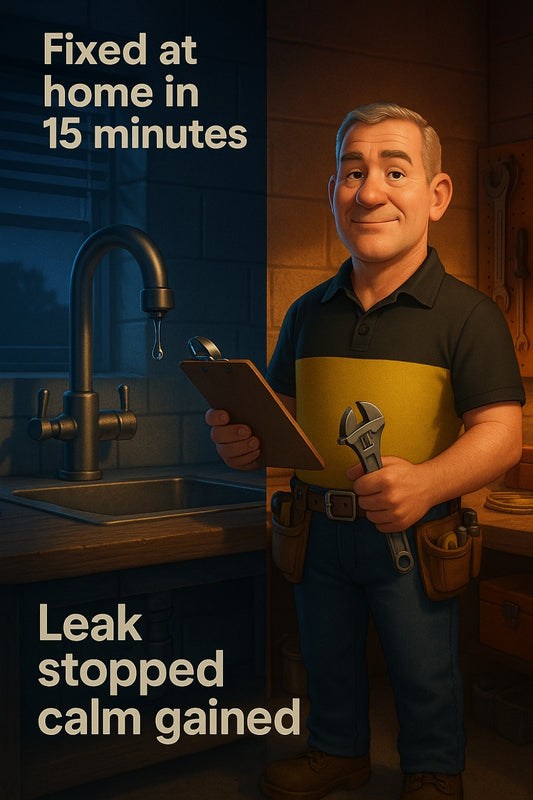Don’t let one wrong measurement wreck your weekend build—master your tape measure now.
Share
A Tape Measure’s Not Just for Tradies—Get Your Projects Bang-On Every Time
How one simple tool keeps your DIY dreams straight, square, and stress-free
It starts the same way every time—you're halfway through hanging a new gate, cutting a timber length for your firewood rack, or prepping a base for your shed floor when you realise…the measurements aren’t quite right. Out comes the old tape measure, held together with duct tape and hope. Sound familiar?
Truth is, whether you’re setting fence posts on the back paddock or sketching out your next fire pit, a good tape measure—and knowing how to use it properly—can mean the difference between nailed it and gnawed-on-by-regret.
Why Your Tape Measure Deserves More Respect Than It Gets
Let’s be honest—we toss them into toolboxes, leave them out in the rain, and expect them to never complain. A tape measure is the quiet achiever of almost every job. But treated right, it’ll give you decades of reliable use and accuracy.
Back when timber houses were the go and spirit levels were just water tubes, tape measures were hand-cranked reels of metal. Precision came with practice. These days, the design’s come good—with standout, rust-resistant coatings, wider blades for better standout, and hooks that move ever so slightly… all explained below.
How to Read a Tape Measure Like a Pro (Yes, Even the Tiny Lines)
You've seen them—those itty-bitty lines between the centimetres. Ignore them at your own risk. Here’s a quick guide to keep it simple:
- Centimetres (cm): Larger, numbered lines along the blade. One cm = 10mm.
- Millimetres (mm): The smallest lines. There are 9 between each centimetre mark. Millimetre accuracy is key when measuring for tool mounts, shed framing, or any project where "close enough" isn't.
- Red numbers: These often mark stud placements (every 400mm or so), handy for wall framing and lining sheets.
“Once you realise every line has a reason, you stop guessing—and start getting things right the first go.”
—Candeece, DIY Advisor at Strathalbyn H Hardware
The Hook's Secret: Why It Moves (And Why You Should Let It)
You know that little metal hook on the end of your tape? Ever noticed how it wiggles just a bit? That’s not a flaw—it’s genius.
It’s called ‘true zero.' When you pull the tape, the hook slides out to account for its own thickness. When you push into a corner, it slides back in. The goal? Always measure from the actual start of the surface—not mistakenly include the hook. Let it move. It's supposed to.
Trade Secrets: Tape Measure Tricks You’ll Wish You Knew Sooner
- The Nail Notch: Most hooks have a small groove in the middle—pop a nail head in there so you can swivel the tape in an arc, making quick circles or radius marks.
- Built-in Scriber: Forgot a pencil? Some tape measure hooks have a sharp edge designed to score timber or sheet metal lightly.
- Blade Markings: Check the side of the tape for case length—it usually says something like “74mm.” Add that to your measurement when measuring inside corners.
Keeping Your Tape Measure in Fighting Form
Tape measures cop a lot—dust, moisture, drops, and the occasional cranky boot. Here's how to care for it like the legend it is:
- Always retract slowly: Letting the blade whip back in is a surefire way to damage the hook or dent the inside spindle.
- Wipe it clean: Especially after working in wet or dusty areas. A bit of WD-40 on a rag helps keep rust off the blade.
- Check the hook: If it’s loose or bent, your readings might be off. Get it fixed or replace your tape—your projects deserve better.
- Store dry: Avoid chucking it into a damp toolbox. Keep it dry and upright when possible.
Pro tip: Got an old tape that’s skipping measurements or dragging on the return? Retire it to garden duty and grab a better one for serious builds.
When a Tape Measure Isn’t Enough
Some jobs call for more precision—like when you're installing kitchen cabinets or levelling stumps for a deck. In those cases, grab a laser measure or spirit level as backup. But for 90% of builds? Nothing beats a solid, wide-blade tape with a smooth return.
Final Thought – Measure Twice, Respect Always
It's not the flashiest tool in the shed, but it's likely the one you reach for most. Whether you're sketching, cutting, or checking clearances for your 4WD drawer system, a reliable tape measure backed with the know-how to use it properly takes the guesswork out of DIY.
So next time you pick one up—choose a good one, keep it clean, and let it do what it does best: keep your projects tight, tidy, and mistake-free.
Until next time, happy building.
—Candeece

Stay Connected
Follow our Facebook Page: Strathalbyn H Hardware on Facebook



